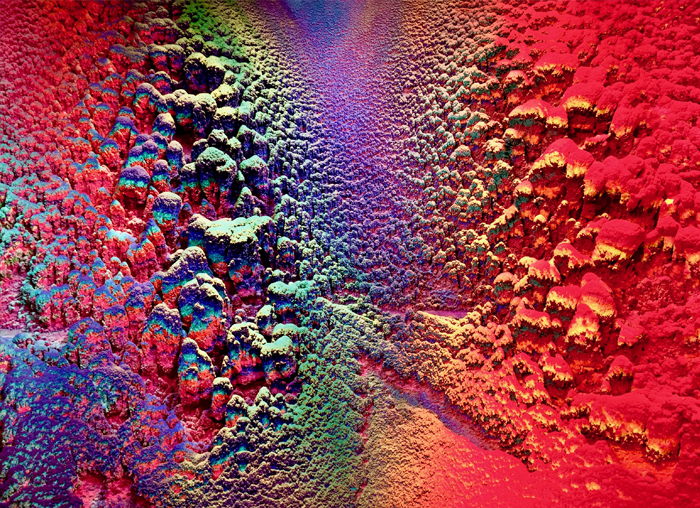The other day I said some disparaging things about The Catcher in the Rye and To Kill a Mockingbird—something about them being overrated, if I remember correctly. The baby boomer in the room responded with something to the effect that, when I get something published, I can weigh in on the literary merits of the two books in question.
A couple of observations.
First, I should have known better. Boomers—like any generation, really—are protective of their cultural totems. I also happen to think that the Beatles are overrated. And that Jimi Hendrix is not, in fact, the greatest guitarist who ever lived. Both statements are easily defensible, yet anathema to just about anyone who grew up in the 1960s.
Second, is it really necessary to publish a novel to be critical of another? If so, then it surely must be true that that experience is also necessary if one is to praise a novel. And if that’s the case, then don’t bother arguing with me about the merits of Jimi Hendrix unless you’ve released an album. You can see how this approach quickly falls apart.
I don’t bring up any of this to disparage the boomer. He’s one of the sharpest people I know, not to mention a witty raconteur. Rather, it’s to point out that we seem to have lost our ability—or, at the very least, our willingness—to criticize.
Is this unwillingness due to a lack of knowledge? Maybe. Is it because we’re afraid we might cause offense? Probably. Is it because it’s just easier to use sales figures as the primary barometer of artistic merit? Almost certainly. (On this, however, I think Schoenberg got it right when he said, “If it is art, it is not for all, and if it is for all, it is not art.”)
These are things worth fighting for. Or fighting over, at the very least. Otherwise, what’s the point? When we challenge each other to defend deeply held positions, we grow stronger and more confident in our own convictions—not to mention a whole lot smarter. And the art itself? It keeps getting better.
posted by: Aaron Bragg | category: random thoughts | make a comment



